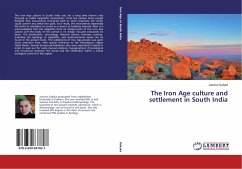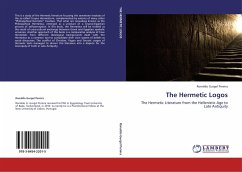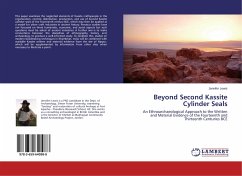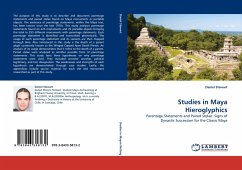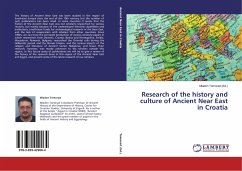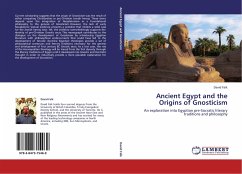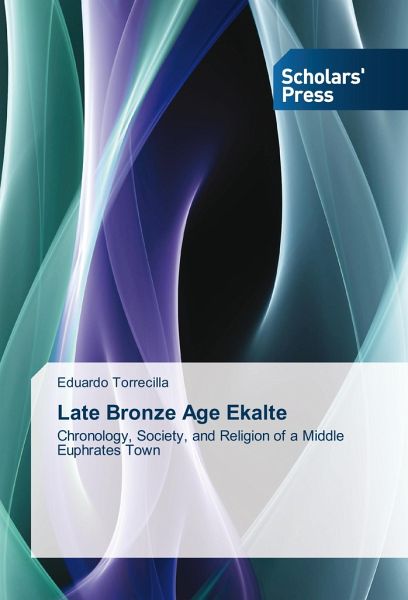
Late Bronze Age Ekalte
Chronology, Society, and Religion of a Middle Euphrates Town
Versandkostenfrei!
Versandfertig in 6-10 Tagen
53,99 €
inkl. MwSt.

PAYBACK Punkte
27 °P sammeln!
This book analyzes the geopolitical, social, and religious data from the Late Bronze Age archive of Ekalte (today Tall Munb qa, Syria), a town situated in the Middle Euphrates area, on the east bank of the river. Ekalte was located between the cities of Karkemis (to the north) and Emar (to the south), and was supposedly included in the land of Ashtata, of which Emar was the capital. The archive of Ekalte consists of 98 Syrian-type, clay tablets which mainly deal with economic and legal contracts: real estate sales, wills, family decrees, etc. The author compares them to the archive of Emar, wi...
This book analyzes the geopolitical, social, and religious data from the Late Bronze Age archive of Ekalte (today Tall Munb qa, Syria), a town situated in the Middle Euphrates area, on the east bank of the river. Ekalte was located between the cities of Karkemis (to the north) and Emar (to the south), and was supposedly included in the land of Ashtata, of which Emar was the capital. The archive of Ekalte consists of 98 Syrian-type, clay tablets which mainly deal with economic and legal contracts: real estate sales, wills, family decrees, etc. The author compares them to the archive of Emar, with the purpose of finding common features in the local administrative hierarchy, the language, and the onomasticon. In view of the results, the author proposes a new chronological frame for the Ekalte tablets and situates them within a temporal span running from 1360 to 1280 BC. According to Torrecilla, the Ekalte archive is contemporary with the Syrian-type tablets from Emar.





